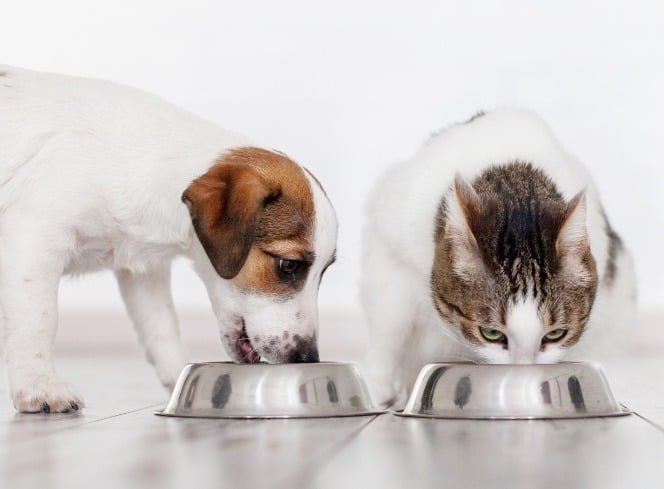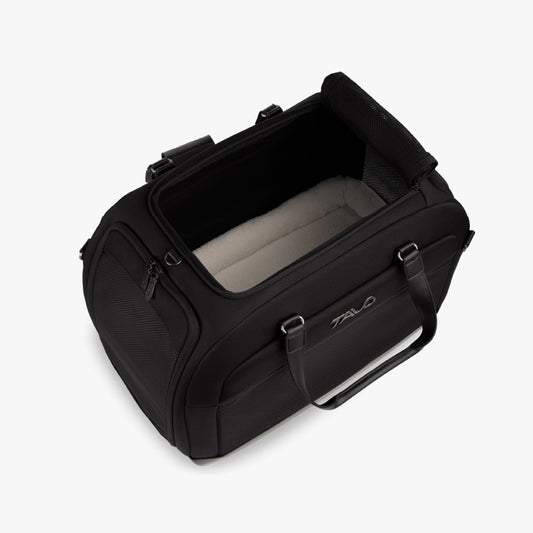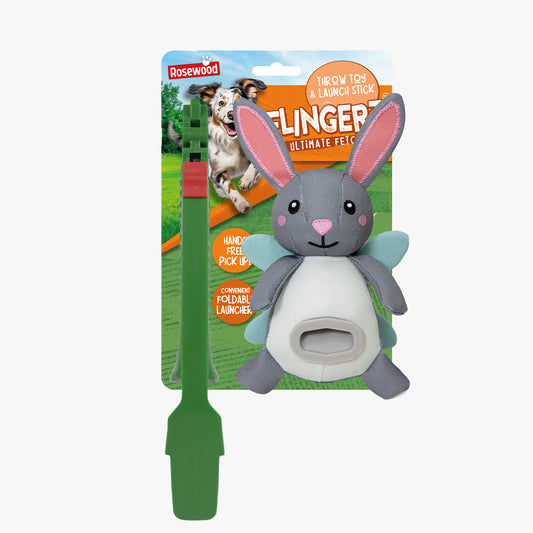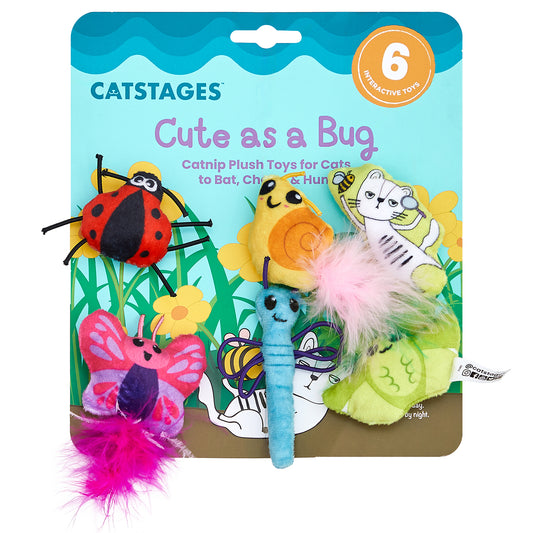As a responsible dog owner, understanding the implications of leaving your dog in a car is crucial. This topic raises several questions: Is it illegal to leave your dog in the car?, Can you leave a dog in a car?, and What are the laws regarding dogs left in cars in the UK? This comprehensive guide aims to answer these questions and provide essential information about leaving dogs in cars.
Understanding the Dangers
Before delving into the legality and guidelines, it's important to understand why leaving your dog in a car can be dangerous. Even on a mild day, the temperature inside a car can quickly rise to dangerous levels. Dogs are particularly vulnerable to heatstroke, which can be fatal. A dog's body temperature is higher than a human's, and they cannot cool down as efficiently.
Is It Illegal to Leave Your Dog in the Car?
In the UK, there isn't a specific law that outright states it's illegal to leave your dog in the car. However, the Animal Welfare Act 2006 makes it illegal to mistreat or neglect animals. Under this act, pet owners have a legal duty to ensure the welfare of their pets. Leaving a dog in a car in conditions that could cause suffering or harm falls under neglect and can be prosecuted.

Dogs Left in Cars Law UK
Under the Animal Welfare Act, if leaving your dog in the car leads to suffering, you could face an unlimited fine and up to six months in prison. The law is clear that causing unnecessary suffering to an animal is a criminal offence. This means that if a passerby or the police deem that your dog is in distress in a car, you could be prosecuted.
Safe Temperature to Leave Dog in Car UK
While it is generally advised never to leave your dog in a car, if you must do so for a very short period, the temperature outside plays a significant role. Even at temperatures as low as 21°C (70°F), the temperature inside a car can rise to over 40°C (104°F) within an hour, putting your dog at severe risk. On warmer days, this can happen even faster.
How Long Can You Leave a Dog in a Car?
The safest approach is to never leave your dog in a car alone. However, if you absolutely must, ensure it is for no longer than a few minutes, and always consider the weather. Keep windows slightly open, park in the shade, and provide water, but these measures are not foolproof. Heat can still build up rapidly, leading to potential danger for your dog.
Can You Leave a Dog in the Car?
Given the risks and potential legal consequences, it is highly discouraged to leave your dog in the car. It's always best to err on the side of caution and avoid it whenever possible. If you are running errands, consider taking your dog with you or leaving them at home in a safe environment.

What to Do If You See a Dog Left in a Car
If you see a dog left in a car and believe it is in distress, there are steps you can take:
- Assess the Situation: Check for signs of distress such as panting, drooling, lethargy, or unresponsiveness.
- Locate the Owner: If possible, try to find the owner. They might be in a nearby store or location.
- Contact Authorities: If the dog appears to be in immediate danger, call the police or the RSPCA (Royal Society for the Prevention of Cruelty to Animals). They have the authority to break into the car to rescue the dog if necessary.
- Record Details: Note the car's make, model, colour, and registration number. This information will be helpful for authorities.
Alternatives to Leaving Your Dog in the Car
To avoid the risks and legal issues associated with leaving your dog in the car, consider these alternatives:
- Take Your Dog with You: If the destination is dog-friendly, bring your pet along.
- Leave Your Dog at Home: In a safe, comfortable environment with water and proper ventilation.
- Use Dog Daycare Services: Many areas have dog daycare facilities where your pet can be looked after while you run errands.
- Ask a Friend or Neighbour: If you have a trusted friend or neighbour, see if they can look after your dog temporarily.

Conclusion
Is it illegal to leave your dog in the car? The answer lies in the potential for harm and distress caused to the dog. In the UK, the Animal Welfare Act ensures that neglect and causing unnecessary suffering to animals are punishable by law. Given the rapid rise in temperature inside vehicles, it is always best to avoid leaving your dog in a car. By understanding the dangers and legal implications, you can ensure the safety and well-being of your furry friend.
Remember, when in doubt, always prioritise your pet's health and safety over convenience. Being a responsible pet owner means making decisions that safeguard your pet's welfare, even if it requires extra effort or planning.
If you’re looking to keep your dog cool this summer check out our dog cooling collection, it has everything from cooling mats to paddling pools and swim toys to help keep them cool, calm and collected!


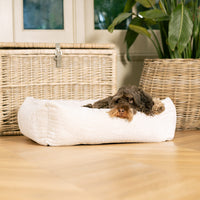

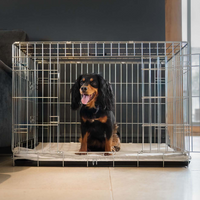
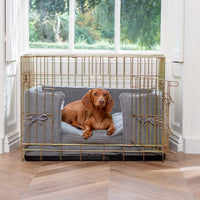
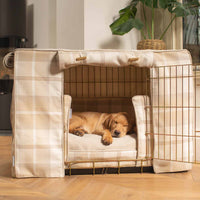
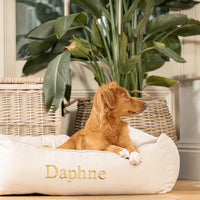
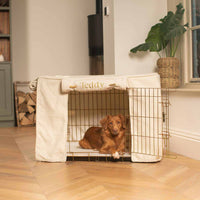
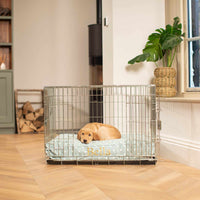
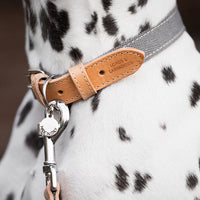

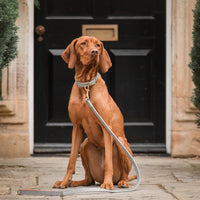
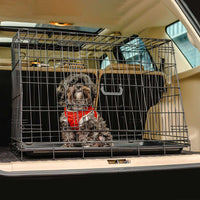

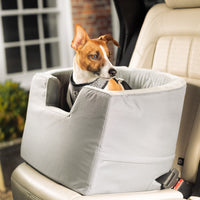
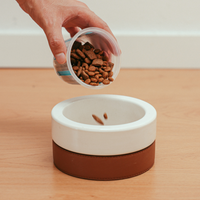
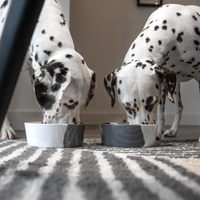
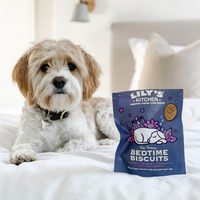
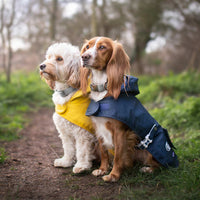

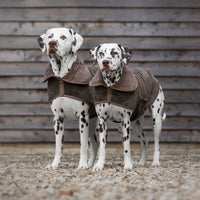


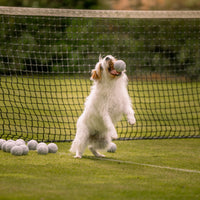
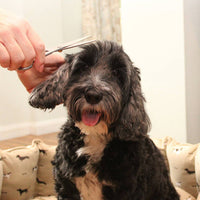



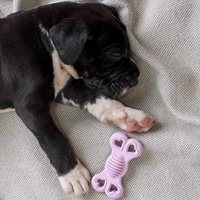
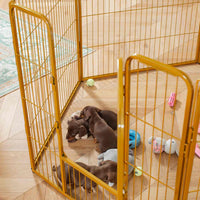
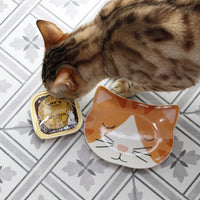
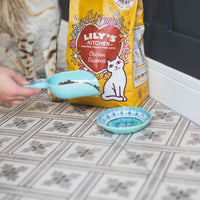

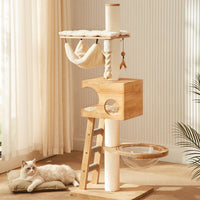
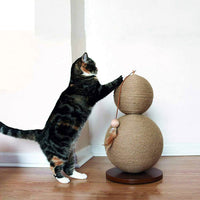

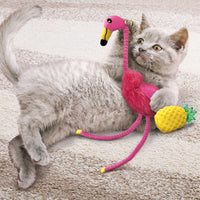

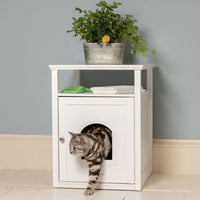
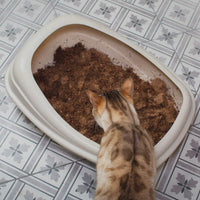

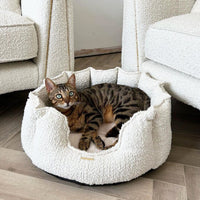
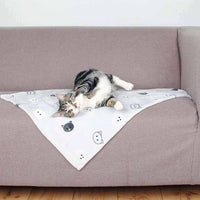
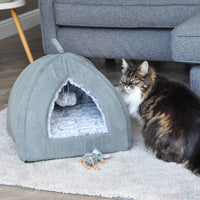



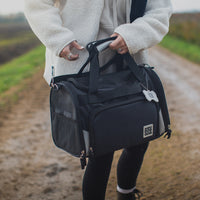

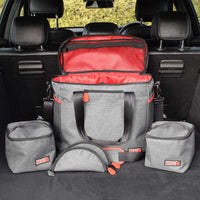


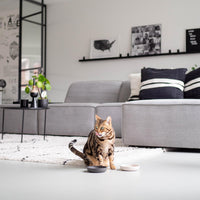





![[color:grey]](http://www.lordsandlabradors.co.uk/cdn/shop/files/ScruffsScandiNonTipBowl.jpg?v=1684154709&width=533)






